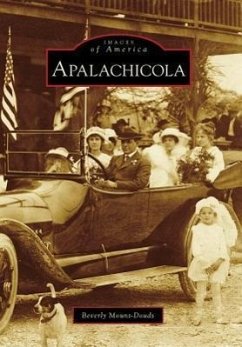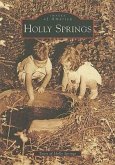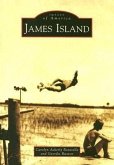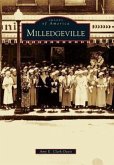Once the third-largest port on the Gulf of Mexico, Apalachicola's diverse and colorful past remains visible today. With more than 900 historic homes and buildings in the National Register Historic District, visitors are invited to stroll along the picturesque, tree-lined streets where Victorian homes display the charm of years gone by. This delightful little fishing village has a warm and friendly atmosphere, making it even more appropriate that Apalachicola's name is a Native American word meaning "friendly people." When Apalachicola was established in 1831, its major industry was the shipping of cotton, and the city soon became an important port on the Gulf of Mexico. When the railroads expanded throughout the United States, Franklin County developed several large lumber mills to harvest and process wood from the surrounding cypress forests. These lumber magnates built many of the magnificent historic homes that still line Apalachicola's streets today.
Hinweis: Dieser Artikel kann nur an eine deutsche Lieferadresse ausgeliefert werden.
Hinweis: Dieser Artikel kann nur an eine deutsche Lieferadresse ausgeliefert werden.








